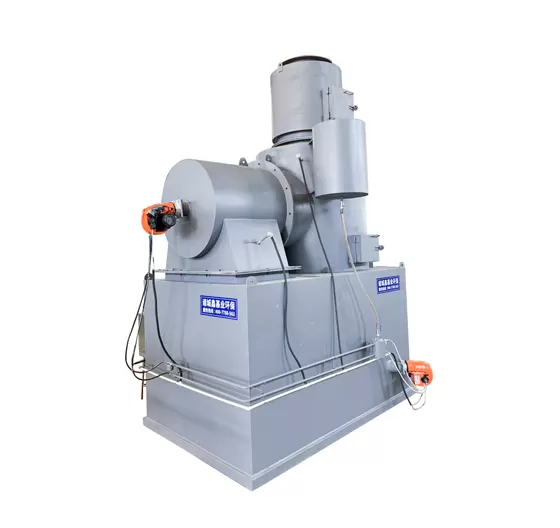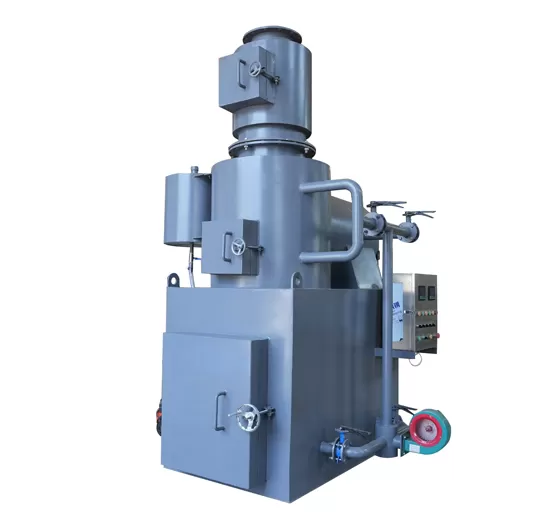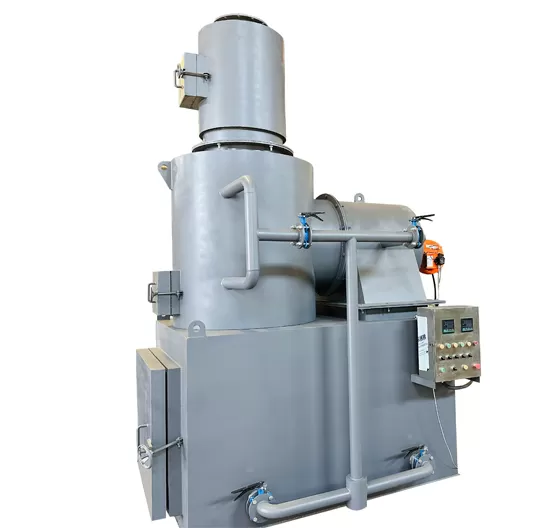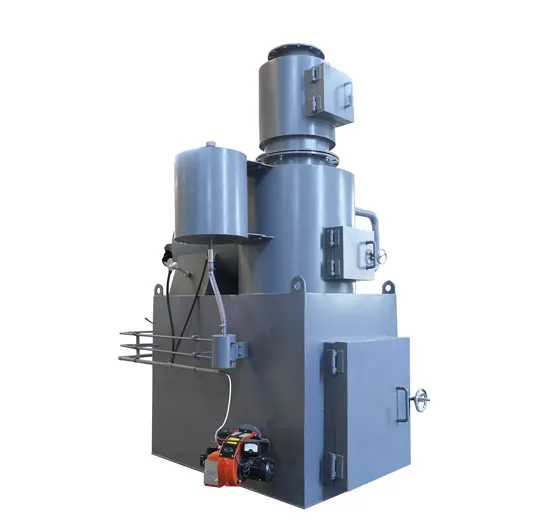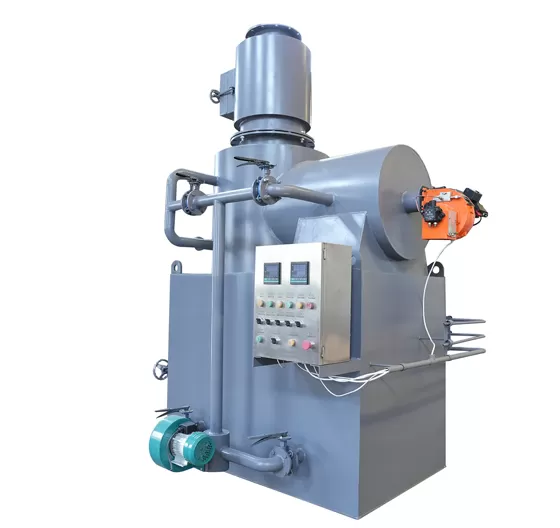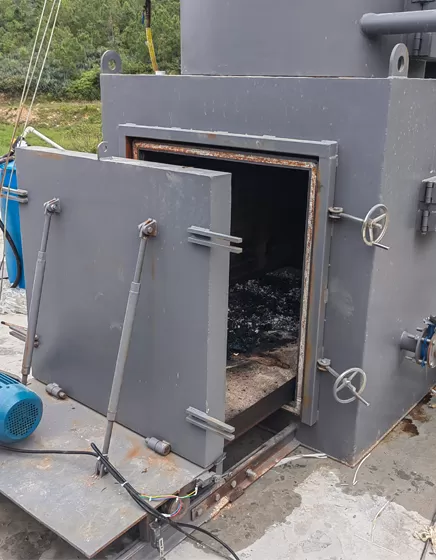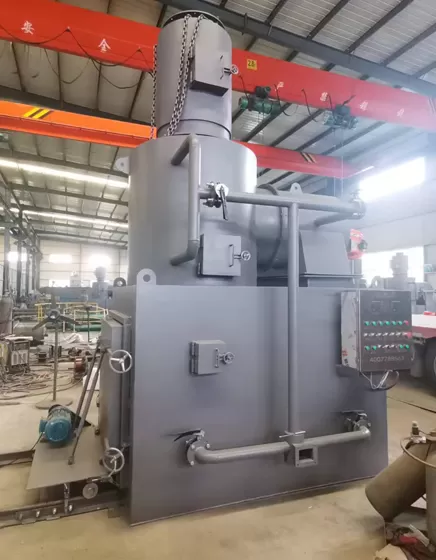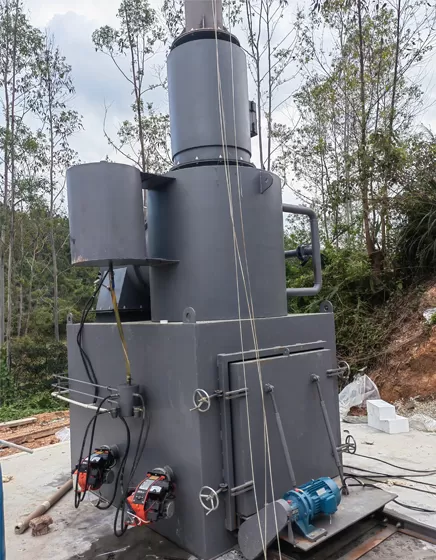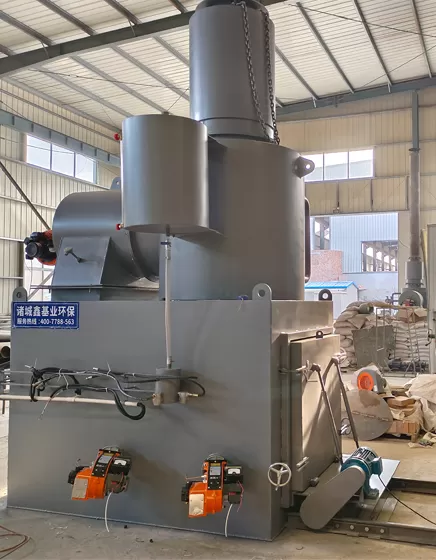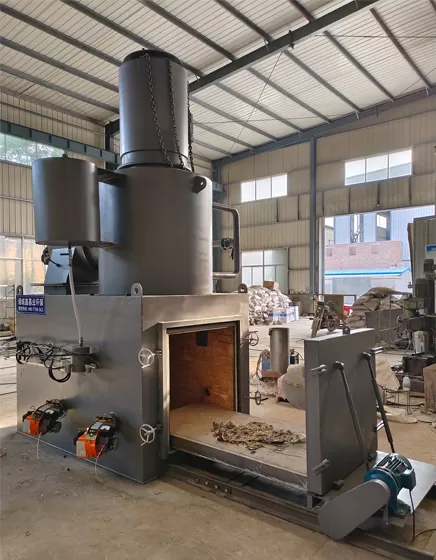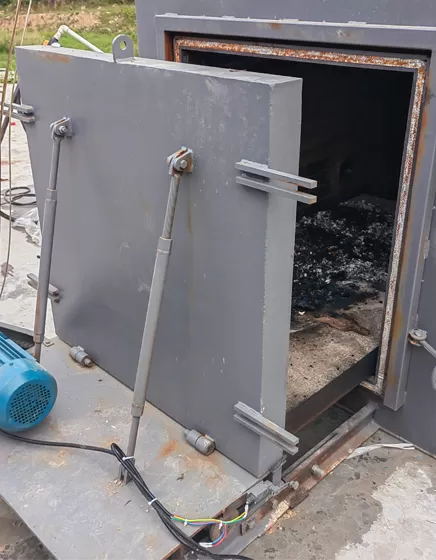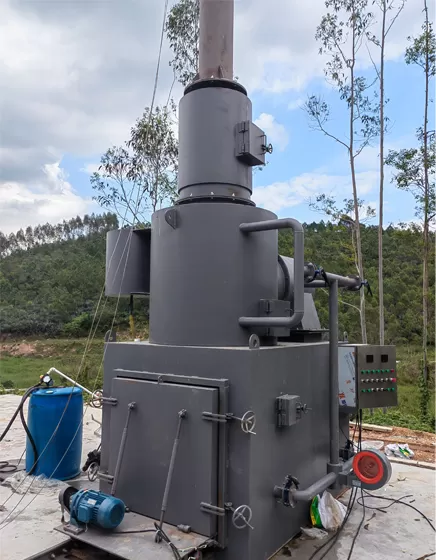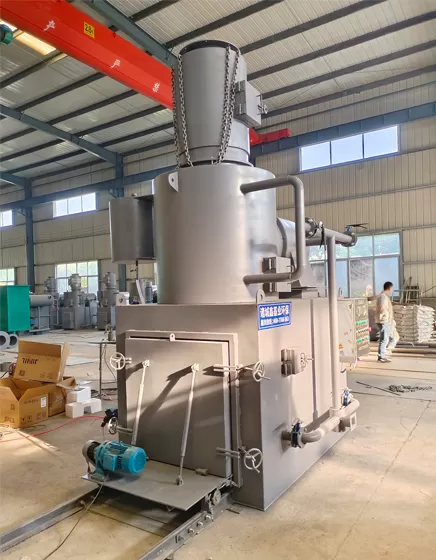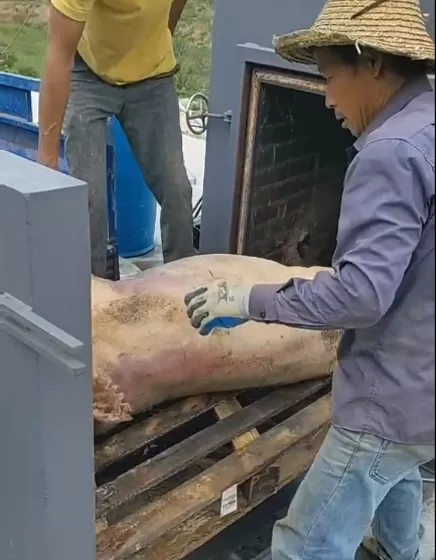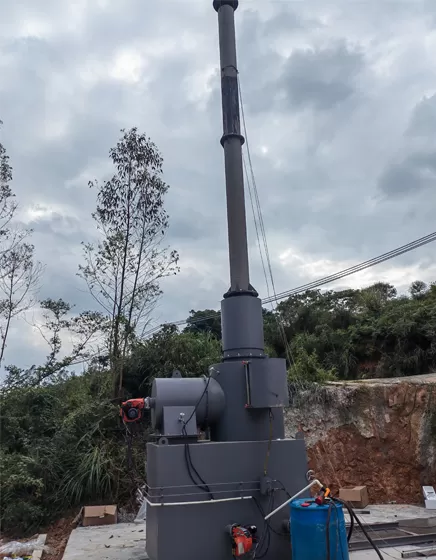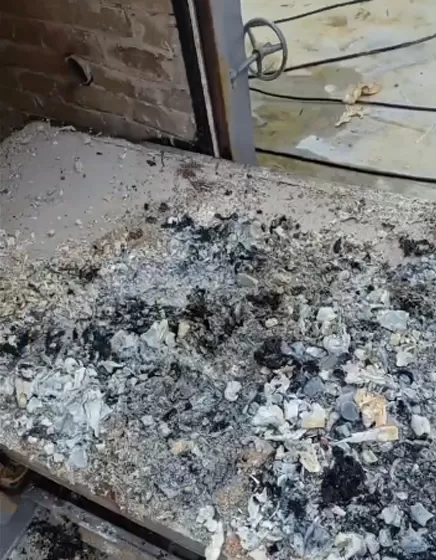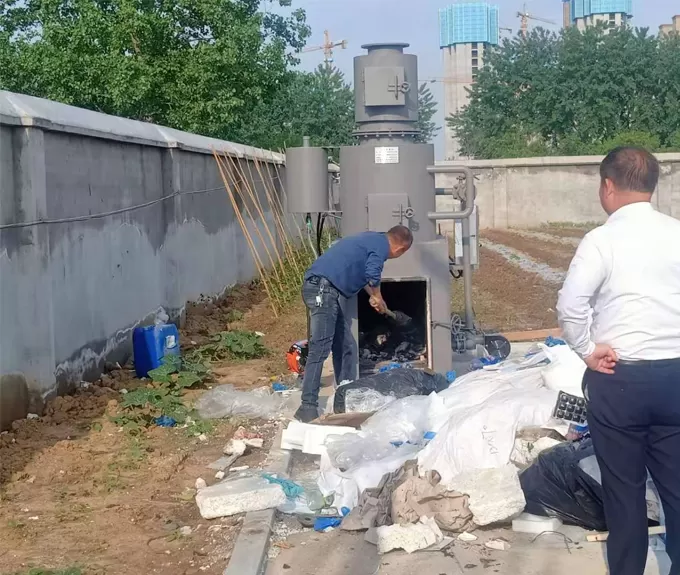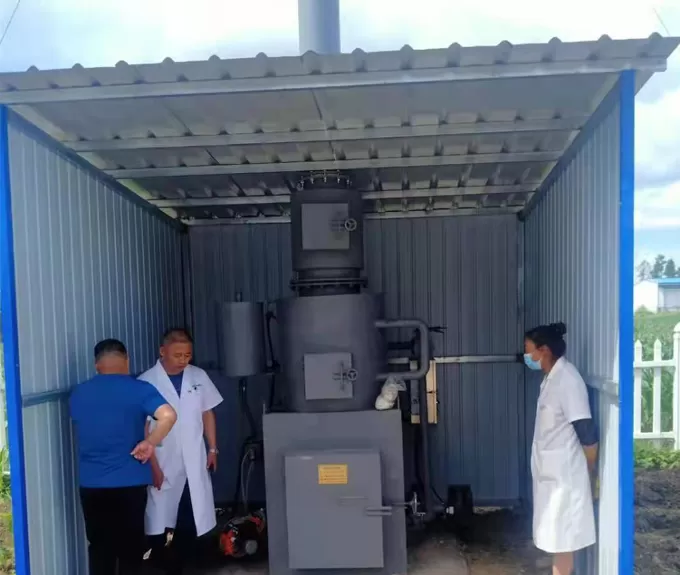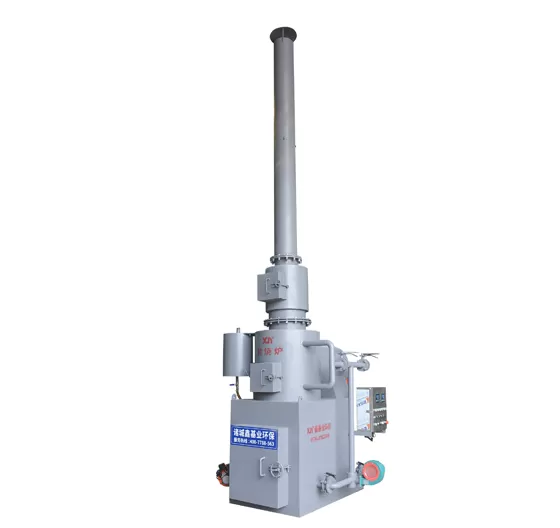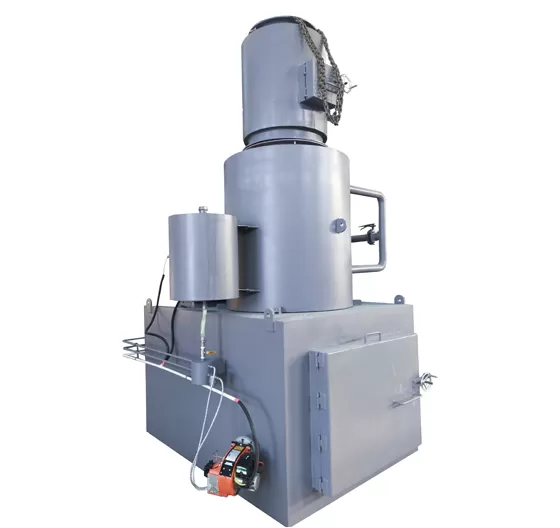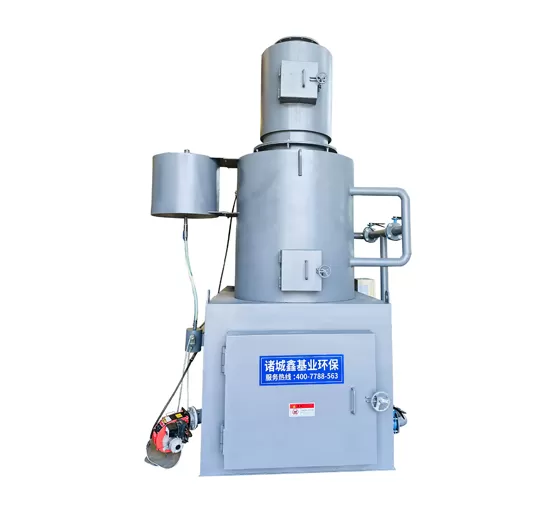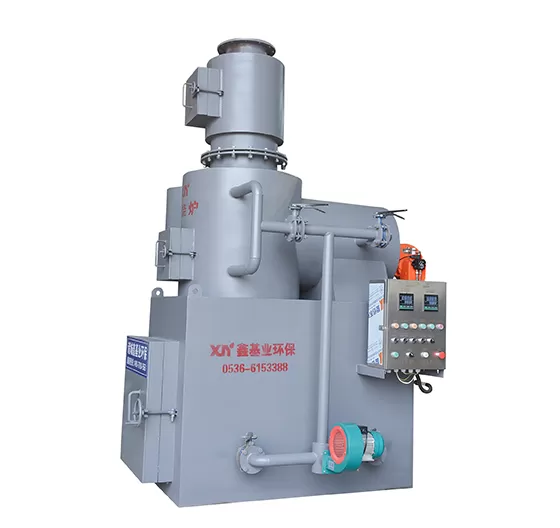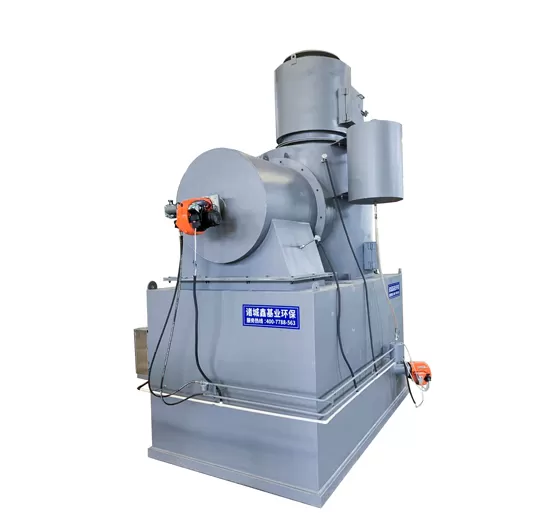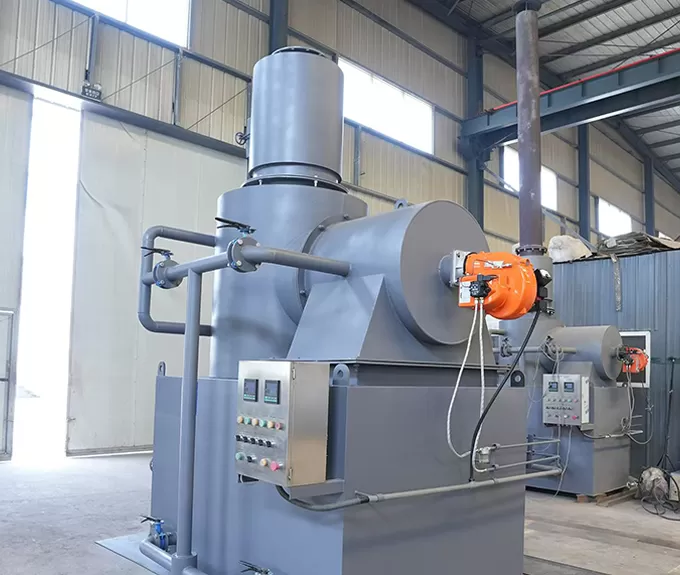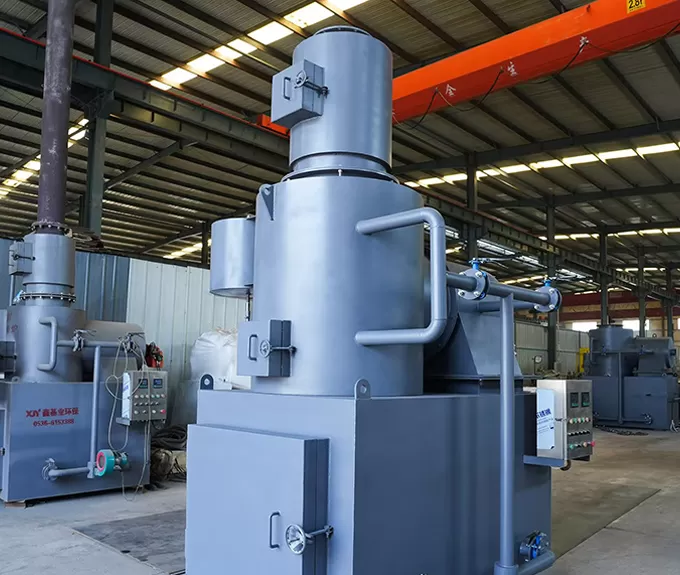An incinerator for the harmless treatment of animals is a specialized facility designed to safely and efficiently dispose of animal remains and associated waste materials through hightemperature combustion. This method is crucial for maintaining biosecurity, preventing the spread of diseases, and protecting the environment.
HighTemperature Combustion
Incinerators for animal waste operate at extremely high temperatures, typically ranging from 850°C to 1,200°C (1,562°F to 2,192°F). These temperatures ensure the complete combustion of animal remains, reducing them to inert ash and neutralizing pathogens and harmful microorganisms. For example, to effectively render Transmissible Spongiform Encephalopathy (TSE) agents noninfectious, materials must be subjected to at least 850°C for 15 minutes, with a higher temperature of 1,000°C being preferable.
Biosecurity and Pathogen Elimination
The intense heat used in incineration destroys harmful pathogens, viruses, and bacteria present in animal waste. This process significantly reduces the risk of disease transmission, making it a vital tool for maintaining biosecurity in farms, veterinary clinics, and other facilities handling animal remains.
Environmental Protection
Modern animal waste incinerators are equipped with advanced emission control systems, such as scrubbers and filters, to capture and neutralize harmful pollutants. These systems ensure that incinerators comply with strict environmental regulations and minimize their impact on air quality. Additionally, incineration reduces the potential for environmental contamination from waste runoff, protecting water sources and soil.
Volume Reduction and Waste Management
Incineration significantly reduces the volume and weight of animal waste, decreasing storage requirements and transportation costs. This is particularly beneficial for largescale operations such as farms and slaughterhouses.

